The concept of the unitary executive is written into the Constitution by virtue of Article II’s vesting of the “executive Power” in the President and not in executive officers created by Congress. Defenders and opponents alike of the “unitary executive” often equate the idea of presidential control of executive action with the power to remove executive personnel. But an unlimitable presidential removal power cannot be derived from the vesting of executive power in the President for the simple reason that it would not actually result in full presidential control of executive action, as the actions of now-fired subordinates would still exist as law until repealed. Rather, the clearest implication from the Article II Vesting Clause is a presidential power to nullify or veto actions by subordinates, even if those subordinates can continue to hold their congressionally created offices and draw their congressionally created salaries and benefits. The President likely also has the ability to directly make executive decisions, even when Congress tries to vest power in subordinates to the exclusion of the President. The Constitution’s unitary executive controls actions, not personnel.
This view does not completely foreclose arguments for a presidential removal power, though it makes them considerably more difficult to develop. It is consistent with some, but not all, of the views expressed by Attorneys General in approximately the first half of the nineteenth century, when those actors expressly thought about the President’s ability to control executive decision making.

